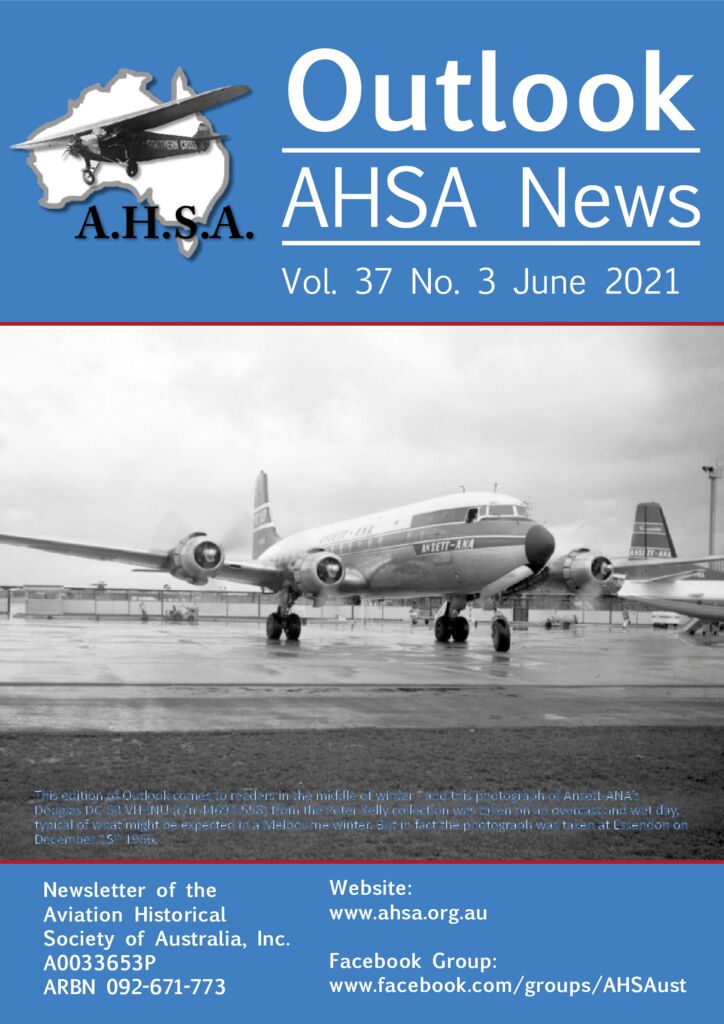The June edition of the AHSA Newsletter – Outlook has been emailed to members.
This edition can also be read online in the viewer below.

The June edition of the AHSA Newsletter – Outlook has been emailed to members.
This edition can also be read online in the viewer below.